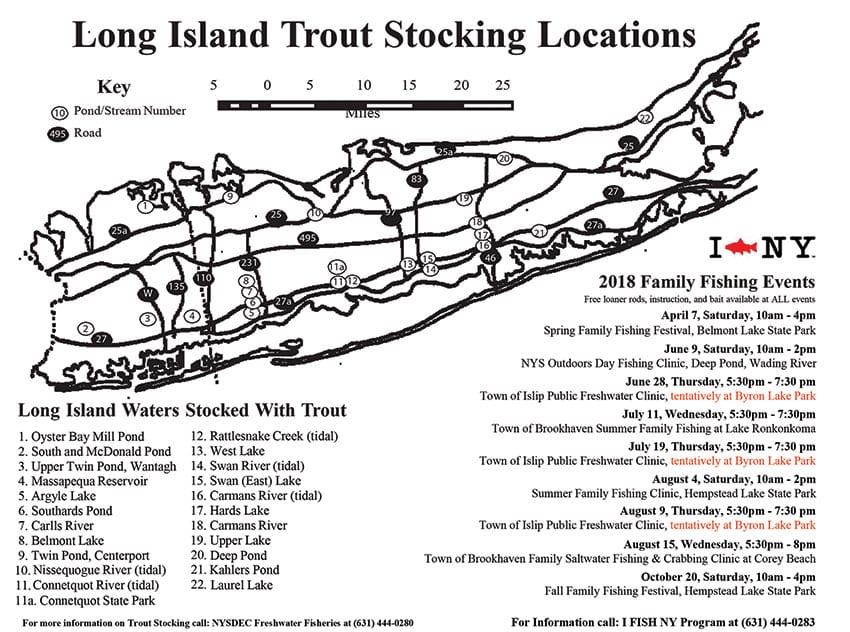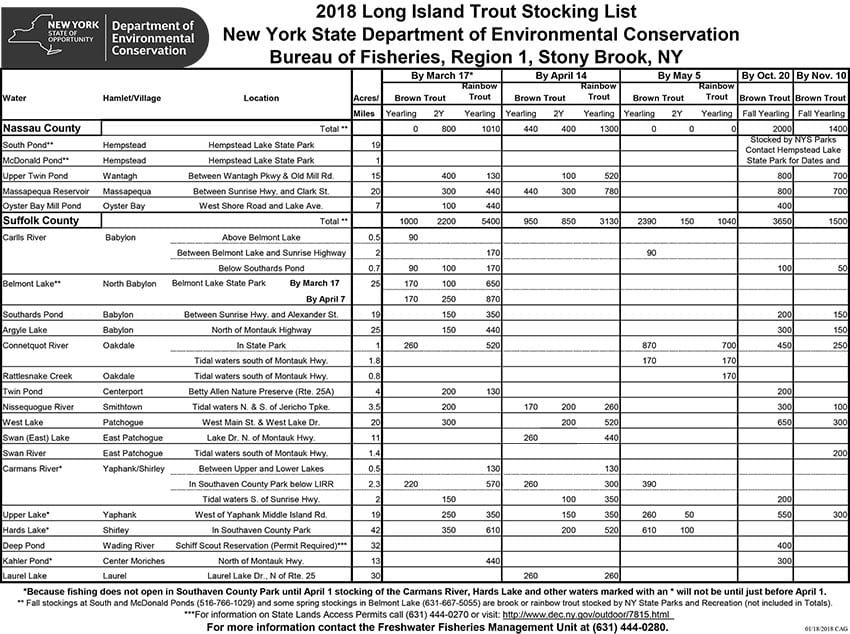

By Tom Schlichter
I hope by now that you’ve squeezed in your fill of cod fishing. If not, don’t panic, there is still some time – but act fast because each advancing week finds the schools further stressed from the relentless fishing pressure. To be sure, I’ve had some of my best codfish trips over the past several years during the first two weeks March but my results have been mixed thereafter. Some years, the fishing holds up well into April, but cod fishing in local waters should generally be considered a roll of the dice by then.
One of the best things about March cod trips is that the weather is generally warmer than it was back in January and February. The downside is that it can be even more windy. That equates to more blow-outs and decent-looking days that grow rough after you’ve left the dock. As always when heading offshore choose your days judiciously and, if you and rough water don’t always agree, consider cutting in a little sea sickness medication an hours or so before the boat even leaves the dock.

When possible, it is a god idea for codfish fans to try and avoid full moon and new moon dates as the current pushes strongly during those periods, making it tough to hold bottom in deep water. On the flip side, favor the combination of a s-l-o-w-l-y falling barometer, calm seas, cloudy skies and half-moon tides. Expect the bite to build around clam baits at this point in the season as most of the herring and small baitfish that originally attracted and held the cod in the waters south and east of Block Island have probably dispersed – but carry along a few eight to 12-ounce jigs just in case. There are times when the fish are stacked and diamonds are a codders best friend. The jigs are also the choice when pollack decide to make a cameo appearance. Be prepared with both hammered and smooth finished jigs. Use the hammered ones if cod are spitting up large baitfish when they hit the deck or if the water is more than slightly discolored.
There are, of course, other choices available during March. Landlubbers, kayak paddlers and jonboat fans, for instance, can punch up some impressive catches of white perch and, perhaps, a few school bass, in Long Island’s South Shore tidal creeks between now and the official start of striper season in April. The perch, especially, should be at their peak right now as they tend to respond well to even the slightest warming trends. Finding the silvery panfish can be a hit-and-miss proposition but from west to east consider Mill Basin, Santapogue Creek, Connetquot River, Carmans River and the tidal creeks that trickle into Mecox Bay as traditional hot spots. Look for the perch and an occasional school bass to hold where creeks bend or pinch and a small swath of bottom is carved away by the current. Don’t overlook bridges and culverts as being possible honey holes.
Rigging for white perch is best kept simple. Use a standard bottom rig with a one-quarter to one-half ounce bell sinker and a size four, pre-snelled beak-style hook tied in six to ten inches above the weight. You can cast this rig as far as you’ll ever need with eight- to 12-pound test lines on spinning setups suited to freshwater bass or trout fishing. Half a night crawler works great for bait. If you want make perching more challenging go a little lighter in the tackle department by opting for four- to six-pound test line and a one-eighth-ounce jig-head sporting a small curly-tailed grub. Tip the jig with a piece of worm or, if you can find them along a local bulkhead, fresh grass shrimp.
Be aware that it is possible to put a hurt on the perch population by removing too many, so don’t get greedy. I don’t want to sound preachy, but it bears pointing out that there is no shame in letting the small ones go, or in putting back some of the big, egg-laden breeders that you’ll catch this time of year. Go ahead and take a few for dinner, just keep it reasonable so the rest of us can have some fun.
Trout are another March possibility. In fact, this is a good time to catch a big one because holdover fish from last year don’t have any competition from smaller, more aggressive freshly added stockies until after-mid-month. Early March trout fishing rarely offers spectacular results, but the tidal action can be pretty consistent if you use Berkley Power Nuggets, Power Paste, night crawlers or cheese balls for bait. In lakes and ponds, action tends to be hit and miss but those fish that have survived from the previous year’s spring and fall stockings are generally noteworthy. Keep in mind, though, that brook trout are catch and release only in all Long Island waters unless otherwise specified.
Small KastMaster tins and gold spoons work well with hold-over trout and both will cut easily through a stiff March wind allowing for long casts off the bank even in blustery conditions. An interesting pattern I’ve stumbled across over the years is that gold colored tins seem to catch more browns while silver or brightly colored tins catch more rainbows. This is especially true when it comes to trout measuring 14 inches or larger. The key with either color lure is to retrieve it slow enough that it gets down in the water column and fast enough to stay above the weeds. If you get overly frustrated from the weeds while tossing spoons, switch to a small Rapala or Rebel minnow in silver and black, bright blue or rainbow trout pattern and you’ll still have a decent chance to connect.











